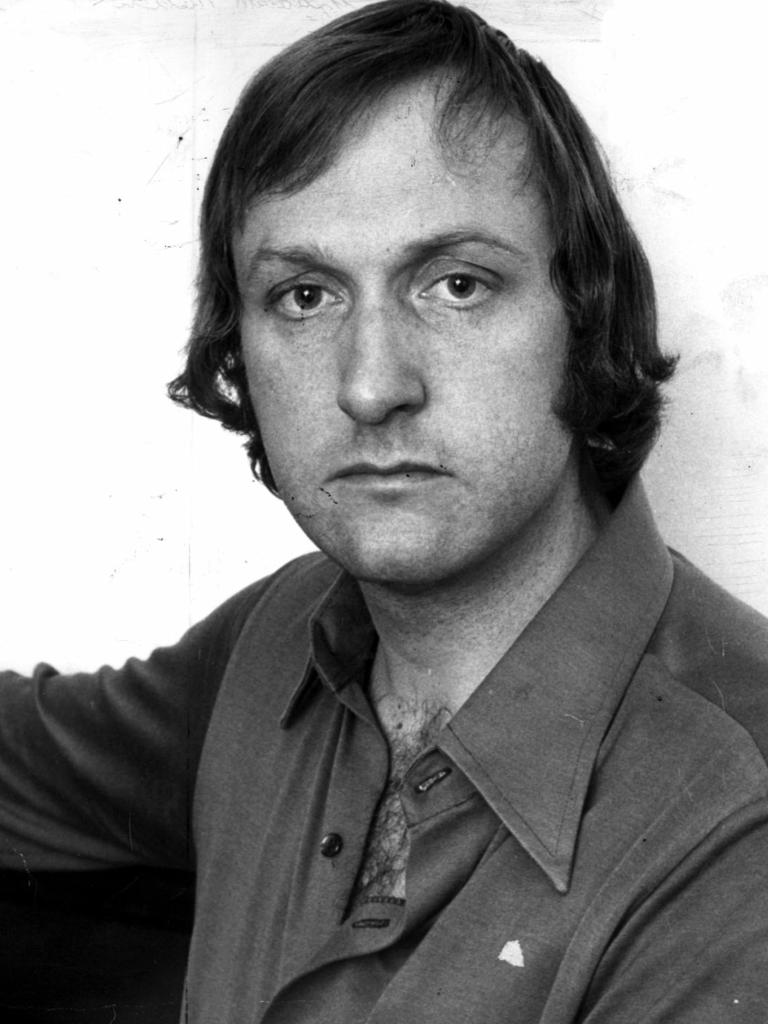Chilling new clues in missing heiress Juanita Nielsen’s cold case murder
Chilling new clues in the 1975 cold case murder of Juanita Nielsen have emerged, including an eerie comment months before her death.

Chilling new clues in the 1975 murder of missing Sydney heiress, journalist and activist Juanita Nielsen have emerged in a new TV miniseries made by her family.
A haunting exchange between Nielsen’s niece and a shadowy figure connected with crime bosses suggests she was “conned” into going to her death.
It was also revealed that Nielsen told a friend months before her death she would only be forced to back down “over my dead body”.
Lloyd Marshall was the former Maitre’d at organised crime boss Abe Saffron’s Carousel Club in Sydney’s Kings Cross, to which he said Nielsen was lured and “should have known better”.
Appearing on the ABC-TV documentary miniseries premiere of Unravel: Juanita on Tuesday night, Marshall would only agree to being interviewed if his face and body were concealed.
Nielsen, from one of Sydney’s richest families and an heiress to the Mark Foy’s department store fortune, was a passionate campaigner against property development of Kings Cross.
In the early 1970s, Nielson, a print journalist and publisher, used her independent newspaper, NOW to campaign against proposed plans to replace Victorian-era terraces with high-rise apartment blocks in the inner city party hub.
She made an enemy of a developer who was losing millions each year and is believed to have paid for Saffron and his cohorts to knock off Nielsen.
Aged 38, Nielsen vanished on July 4, 1975 after entering the Carousel Club; her handbag and its contents were found days later discarded on a motorway near Penrith.
In a frank exchange with Nielsen’s niece Keiran McGee, Marshall said Saffron’s lieutenant Jim Anderson or his employee, wannabe gangster Eddie Trigg, “sold her a good line to get her there”.
Nielsen was invited to the Carousel at lunchtime for a meeting and, Marshall said, “really, she should have known better”.

“Because …. you know, she’d been around long enough to know that … none of Abe’s premises, not one, was open for lunch, never. They were all night-time venues,” he said.
Asked if Anderson or Trigg ever admitted anything about the meeting, after which Nielsen was never seen alive, nor her remains ever recovered, Marshall said they hadn’t.
“I was never privy to anything concrete. I didn’t outright ask ‘em, ‘Did you kill her?’.
“If they had done it and I’d asked and they’d said, ‘Oh, yeah, we knocked her off,’ that knowledge could be detrimental to my wellbeing in the future.
“If you value your kneecaps, leave it alone.”
When McGee told Marshall if it had been her, she would have told the gangsters, “this is gonna look bad for me”, Marshall replied, “Yeah, but you’re a woman.
“You’re more overly curious and you didn’t live in the environment.
“You don’t know the rules. You still don’t.”

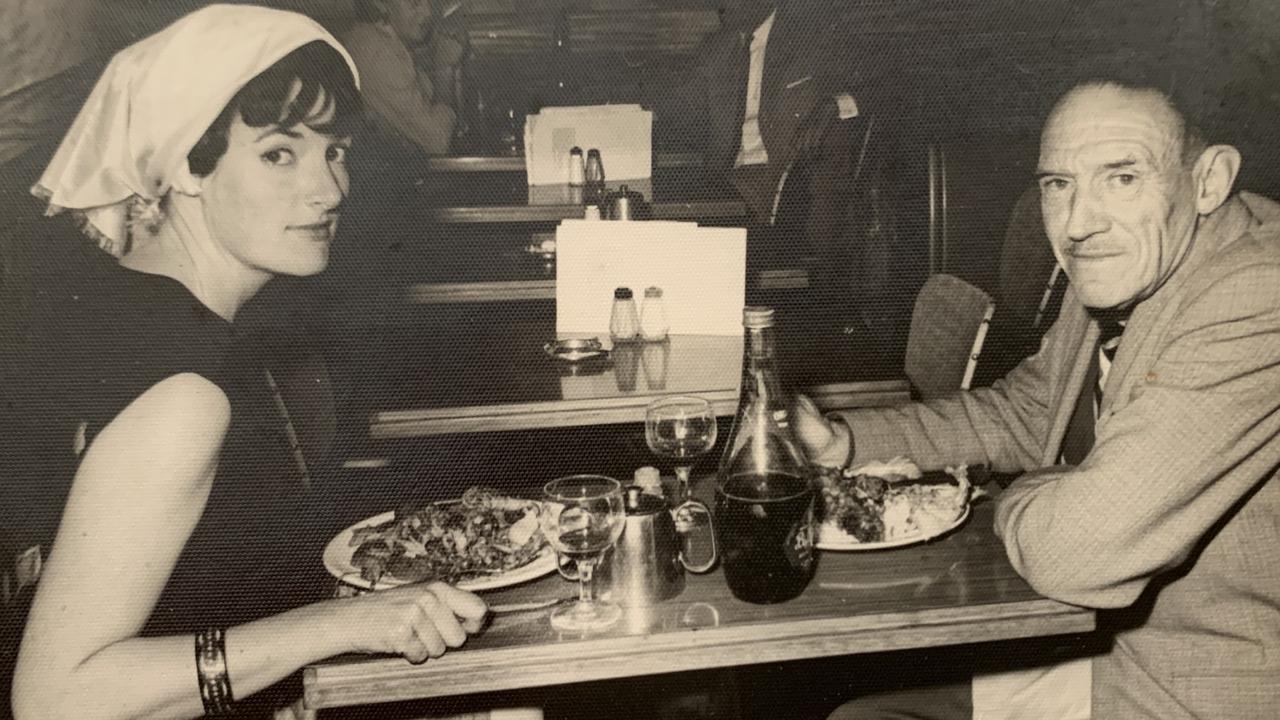

The first in the ABC-TV series, which comes after an award-winning podcast on the Juanita Nielsen murder, the program also looked at another reason Nielsen might have gone to her death.
Her boyfriend of the time, David Farrell said Nielsen “didn’t fear anything. She … would not be intimidated or patronised”.
Another friend, artist Ian Milliss believed that Nielsen, coming from a rich background, felt she was above being affected by the violent nature of the conflict between developers and protesters going on at the time.
“She saw herself as somehow being exempt from what everyone was doing,” he said.
“She was a whole class above that and was untouchable and that’s bizarre because the atmosphere on the street was terrifying.”
Brothers Ted and Geoff Harvey said at the time they “didn’t appreciate how much danger she was in”.
“I do remember sitting here talking to her about the pressure that was on her, and she was offered $200,000 to buy this place. She wouldn’t sell,” Ted Harvey said.
“She stuck to what she believed was right, and so …. people mattered and truth mattered to her over and above money.
“And, unfortunately, I do remember her saying,‘They’ll get it over my dead body.’”

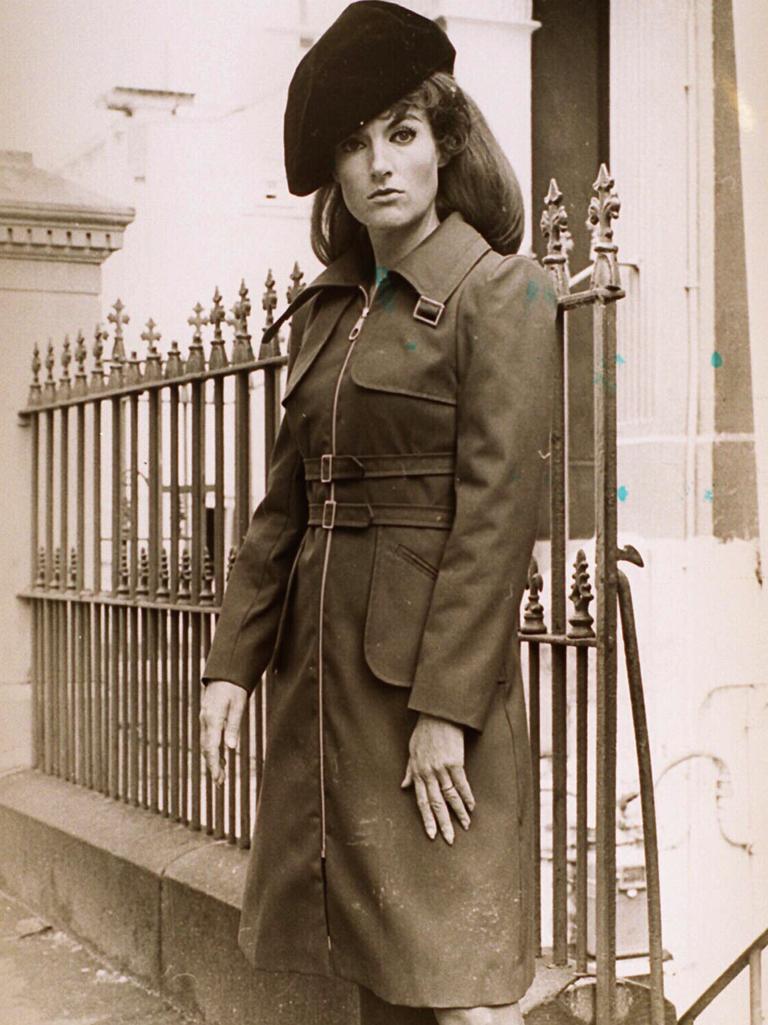

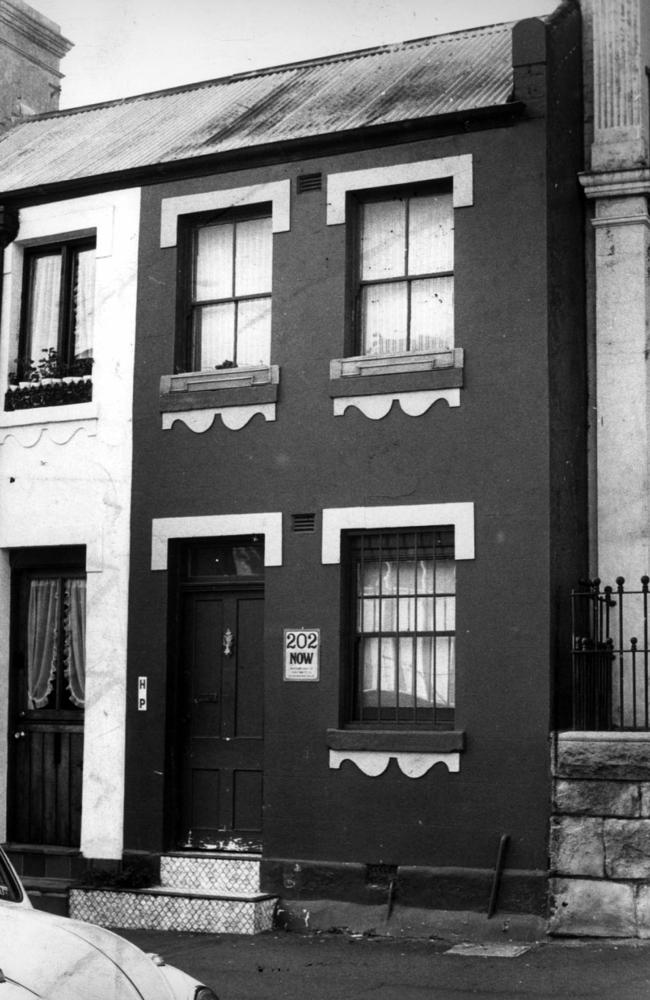
After Nielsen’s disappearance and a police investigation, Saffron associate and Carousel Club employee Eddie Trigg was charged with conspiring to kidnap Nielsen.
While on remand in prison, Trigg admitted to a cellmate – who was a police plant – to luring Nielsen to the club.
He said he took her to the neighbouring Lido Motel where he strangled her and carried her body to a vehicle.
He did not reveal what was done with Nielsen’s body after that, although some have theorised her remains were encased in the concrete foundation of one of the developments she so opposed.
Anderson, Saffron and Trigg are all now dead, Trigg dying aged 72 in 2013.
He had served just 15 months of a three-year sentence and when he was released from prison proclaimed his innocence.
Dispute being born into a wealthy family, Juanita Nielsen held down a number of jobs.
She was a journalist, fashion model and then one of Sydney’s most vocal activists against corporate development and gentrification.
Considered now a hero and a rebel against the societal expectations of women in 1970s Australia, she was also the victim of one of Sydney’s greatest unsolved crimes.
“She knew she was in a lot of danger and she was not prepared to step down and be intimidated by anybody,” says Juanita’s cousin Pip Rey.
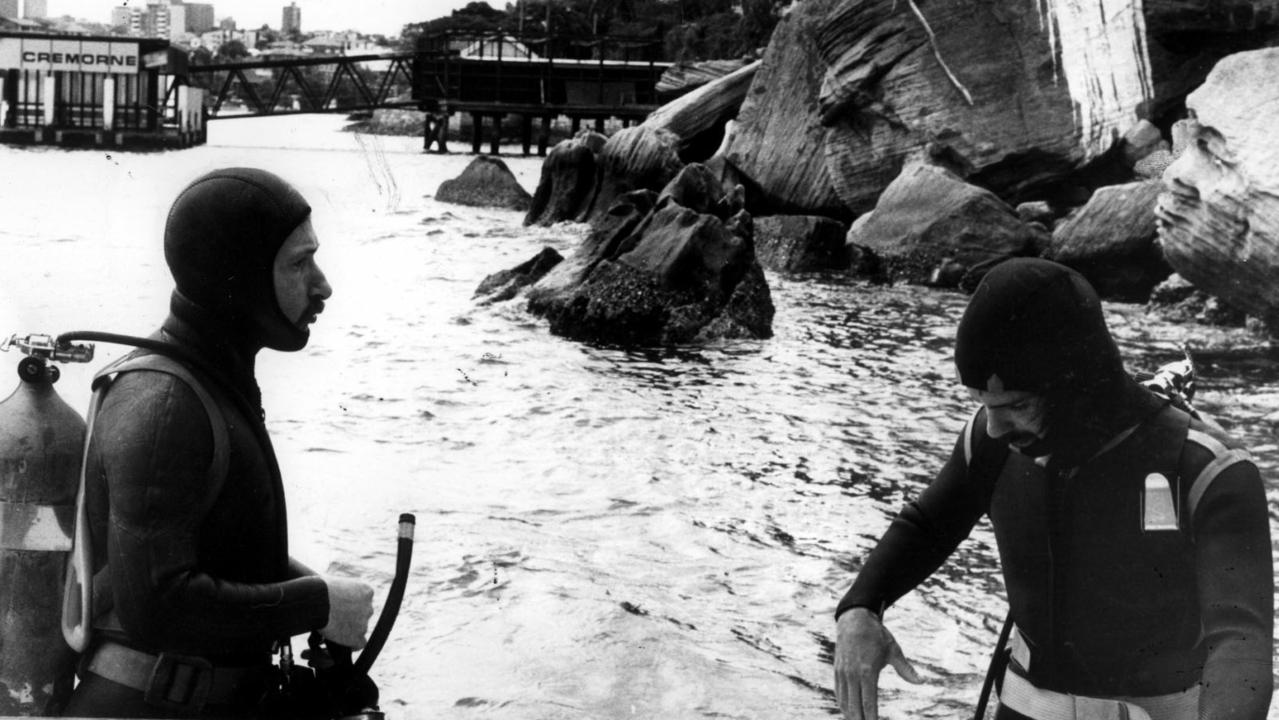
A 1983 coronial inquest pronounced Juanita dead, concluding that she was most probably killed. But it found insufficient evidence to indicate how she may have died or who was involved.
Nielsen’s 1983 inquest heard that the mid-1970s were a tumultuous time.
She took a strong stance against the high-rise development proposed by the businessman Frank Theeman, which would have seen the demolition of many of the stately terraces in Victoria Street.
The Builders Labourers Federation supported the residents, imposing green bans that delayed Mr Theeman’s controversial proposal.
Residents opposing the massive development clashed with police and “heavies’’ hired by Theeman.
One protester, Arthur King, was thrown in the boot of a car and kidnapped, but survived to tell the tale.
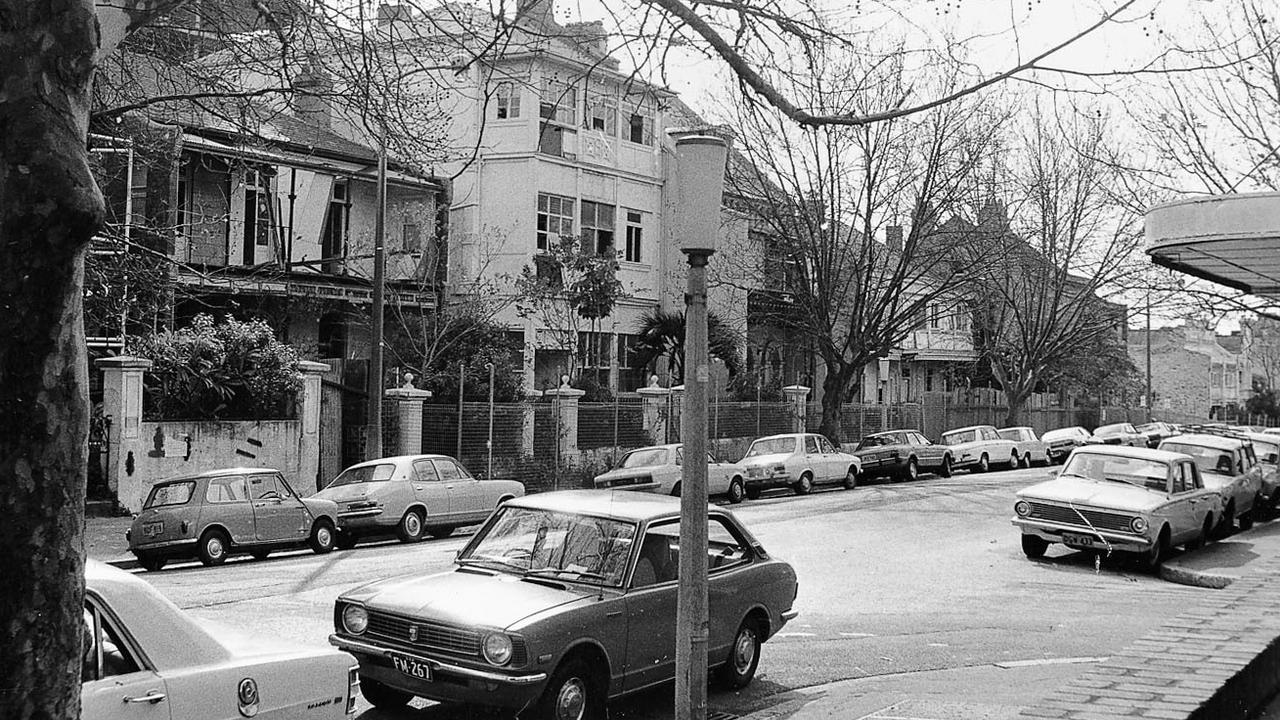
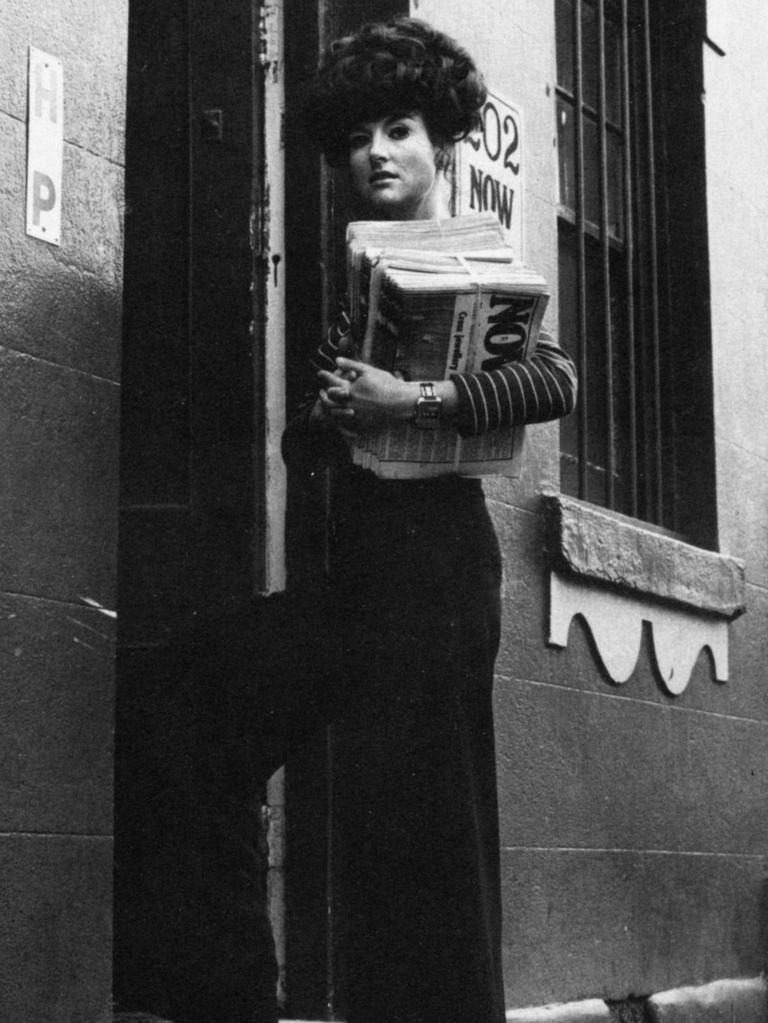

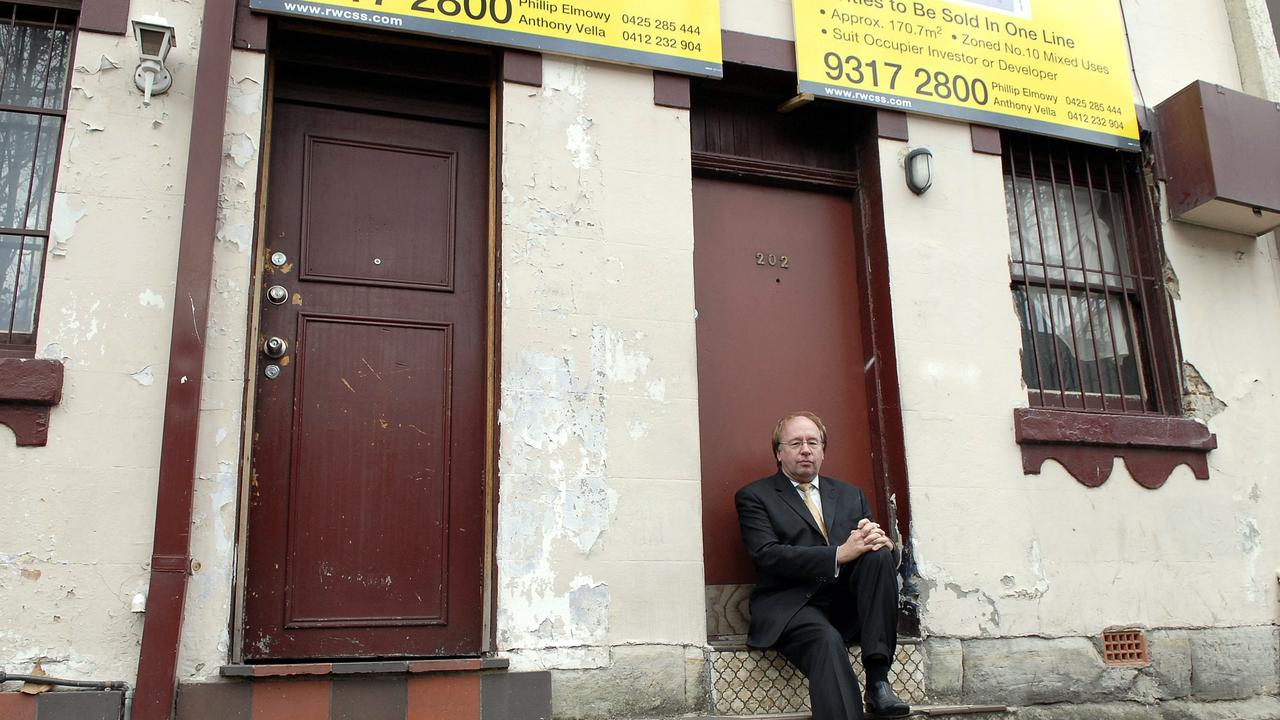
In Unravel: Juanita, Keiran and Pip battle through the murky world that Juanita’s activism led her into and reveal the fury she engendered among dangerous men.
“I think this podcast gives us the opportunity to paint Juanita as a three dimensional person and have a voice,” Keiran said.
“To have her story told is really important for both of us.”
Through close scrutiny of Juanita’s final weeks, the miniseries uncovers strong leads exposing the failed police investigation into her disappearance.
This powerful new evidence has emerged at the same time police have reinvigorated their investigation.
Keiran’s podcast confronts the spectre of Kings Cross underworld figures and someone who claims to have secured a killer’s confession.
More Coverage
“For our family, there was never any justice that applied to Juanita,” Pip said.
“Nobody has paid the consequences of her murder … For us to have resolution on what happened to her, I think is the key point that we want now.”

